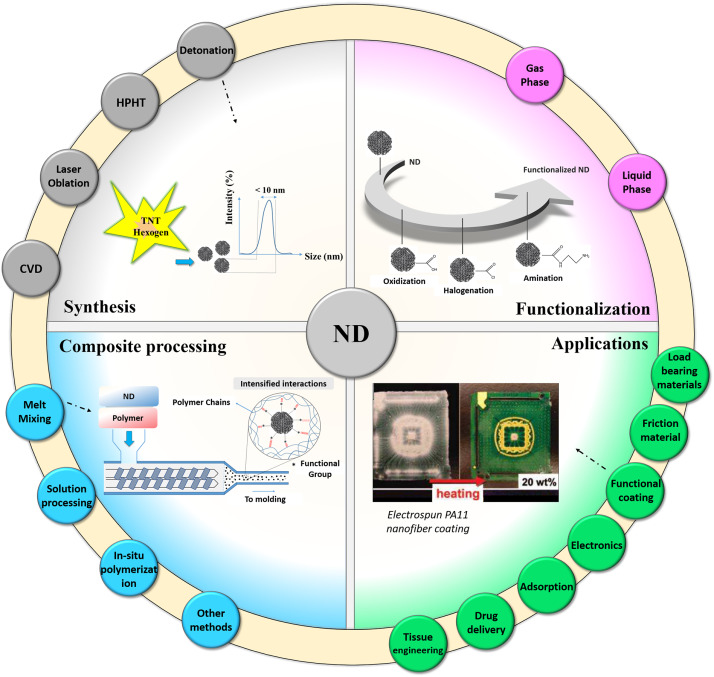
Nanodiamonds, recognized for their applications in fields like biomedical imaging, drug delivery, quantum computing, and sensors, have recently been created from petroleum-sourced adamantane crystals through the exposure to high-energy electrons. This unintentional discovery generates defect-free nanodiamonds in a vacuum at ultra-low temperatures, eliminating the necessity for catalysts, additives, or support media, potentially providing a quicker, safer, and more economical alternative to conventional high-pressure and high-temperature techniques.
Adamantane is a naturally found crystalline hydrocarbon derived from petroleum, possessing a structure akin to diamond due to its tetrahedral carbon framework. It was proposed that if the C–H bonds in adamantane were expertly severed, it could be transformed into diamond by generating new C–C bonds. While earlier views deemed this process impractical, researchers from the University of Tokyo, spearheaded by Eiichi Nakamura, have identified a technique involving high-energy electron irradiation.
Traditional methods consist of top-down synthesis by transforming carbon sources under severe conditions or employing chemical vapor deposition, both of which come with their drawbacks. The research team encountered this technique while examining electron diffraction to evaluate melting entropy in crystals, observing that adamantane exhibited notably minimal entropy disorder akin to gold crystals. Further investigation by Jiarui Fu uncovered that prolonged electron irradiation of disordered adamantane yielded diffraction rings suggestive of nanodiamonds.
Tests revealed that irradiating adamantane crystals with electrons between 80 and 200 keV in a vacuum at 100K for several seconds resulted in defect-free nanodiamonds ranging from 2–4 nm in size, releasing hydrogen gas. Transmission electron microscopy facilitated the observation of adamantane oligomers transforming into spherical nanodiamonds, while other hydrocarbons succumbed to similar conditions.
Nakamura posits that this finding paves the way for advancements in electron lithography and surface engineering, with prospective applications in the fabrication of doped quantum dots essential for quantum computing and sensors. Peter Schreiner from the University of Giessen notes that this approach capitalizes on the distinctive properties of diamondoids, rendering adamantane a feasible material for scalable electron-irradiation synthesis aimed at diamond particle production.